Oscar Wilde meets Wes Anderson in the fantasy world of Alex Da Corte

Monsters, sorcery, and sinister portraits collide at Alex Da Corte’s new exhibition, ‘Slow Graffiti’, a 6,500 sq ft world of wonderfully weird sculptures, paintings and film.
At first recalling the exuberant glamour of a 1970s television studio, on closer inspection, the various object-artefacts, from an upside-down umbrella to a wreath of flowers, strewn across the patchwork carpets, a macabre trail unravels – the centrepiece being a new film, (itself a perfect remake of experimental Danish filmmaker Jørgen Leth’s The Perfect Human). The beguiling nature of material things in a consumer-dependent world – represented in the soft-touch, neon-lit ambience of the installation at secession, Vienna – has been a pressing question in Da Corte’s work, and this exhibition is no exception.
Da Corte seems to work with a free flow of associations, that all tumble out in his exhibition into a very ordered chaos. A song by Belle and Sebastian from 1998, from which the exhibition takes its title, was the starting point. ‘He sings about this portrait which he relents — a portrait in a back room, which for me conjures Dorian Gray. A self-portrait. A selfie. It calls to mind the idea of seeing an instant happen, capturing a moment – if a moment was a butterfly – and a butterfly wanted to be captured,’ says Da Corte, reflecting on why the song left an impression on him. ‘What does it take to see and experience the present, in its most fulfilling and exquisite way? What do we make of that gap between the actual self and the perceived self? How do we straddle the line between progress and nostalgia?’
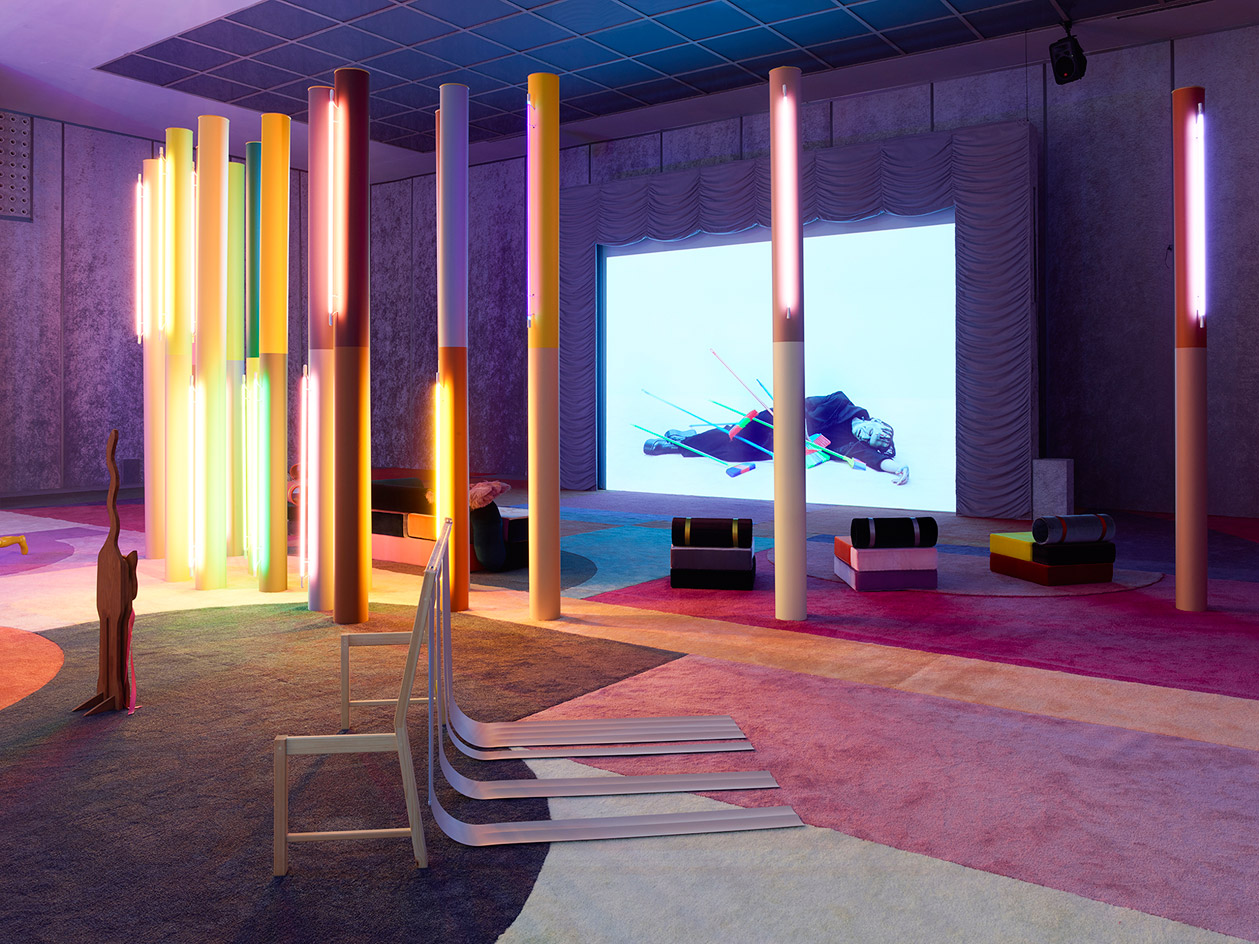
Installation view of ‘Slow Graffiti’ at Vienna Secession
Among Da Corte’s other references for the exhibition is Mary Shelley’s gothic masterpiece, Frankenstein – reimagined through Leth’s surreal film and the mindset of the Instagram generation. ‘There is a lens that we look through now that makes things “perfect”. We may call it a phone or some other device that provides the right amount of distance between the eye and the subject. Leth proposed a certain kind of perfection, in a white void, in 1967, that leaves the subject of the film at a loss. I found that this love story was similar to Shelley’s novel in relation to the scientist's drive for perfection and the losses endured in that pursuit.’
Da Corte was struck by an interview with actor Boris Karloff, who played Frankenstein in the 1931 film adaption, in which he spoke of the monster as being his greatest friend. ‘I thought it slightly perplexing that the friend, or thing you desire to complete you, could possibly be somewhere lurking inside you, or even in your past self never to be recovered. This idea of perfect is one that should be abolished because, frankly, there it is, intangible like rainbows. The expectations of this perfection is the root of disappointment. We could do better and get free.’
As Lord Henry Wotton – Oscar Wilde’s hedonistic villain in Dorian Gray – declares: ‘The only way to get rid of a temptation is to yield to it. Resist it, and your soul grows sick with longing for the things it has forbidden itself, with desire for what its monstrous laws have made monstrous and unlawful.’ Maybe the first step towards freedom is reconciling with the beast within us all, preferably while seated on a velvet cushion.
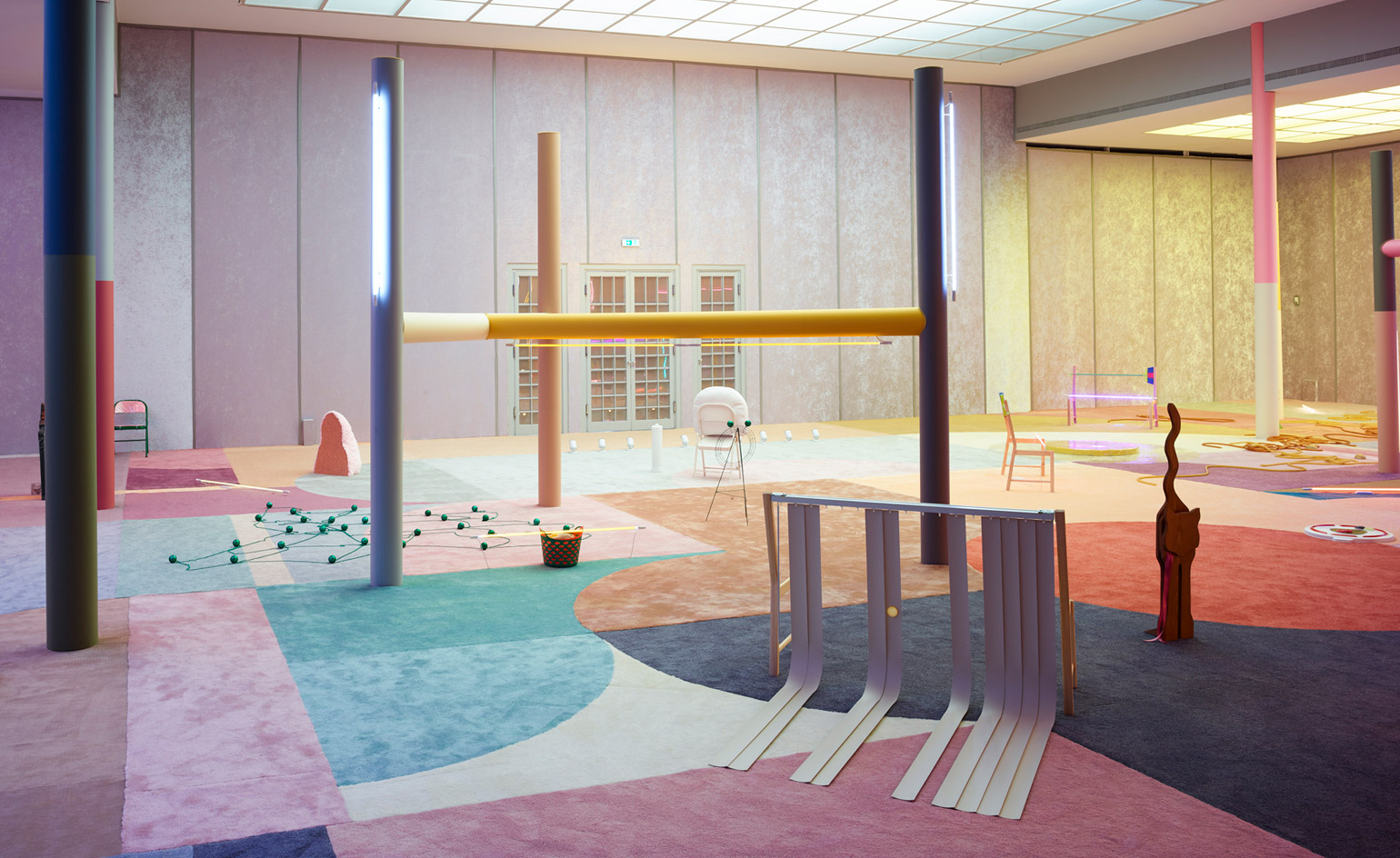
Installation view of ‘Slow Graffiti’ by Alex da Corte at Vienna Secession
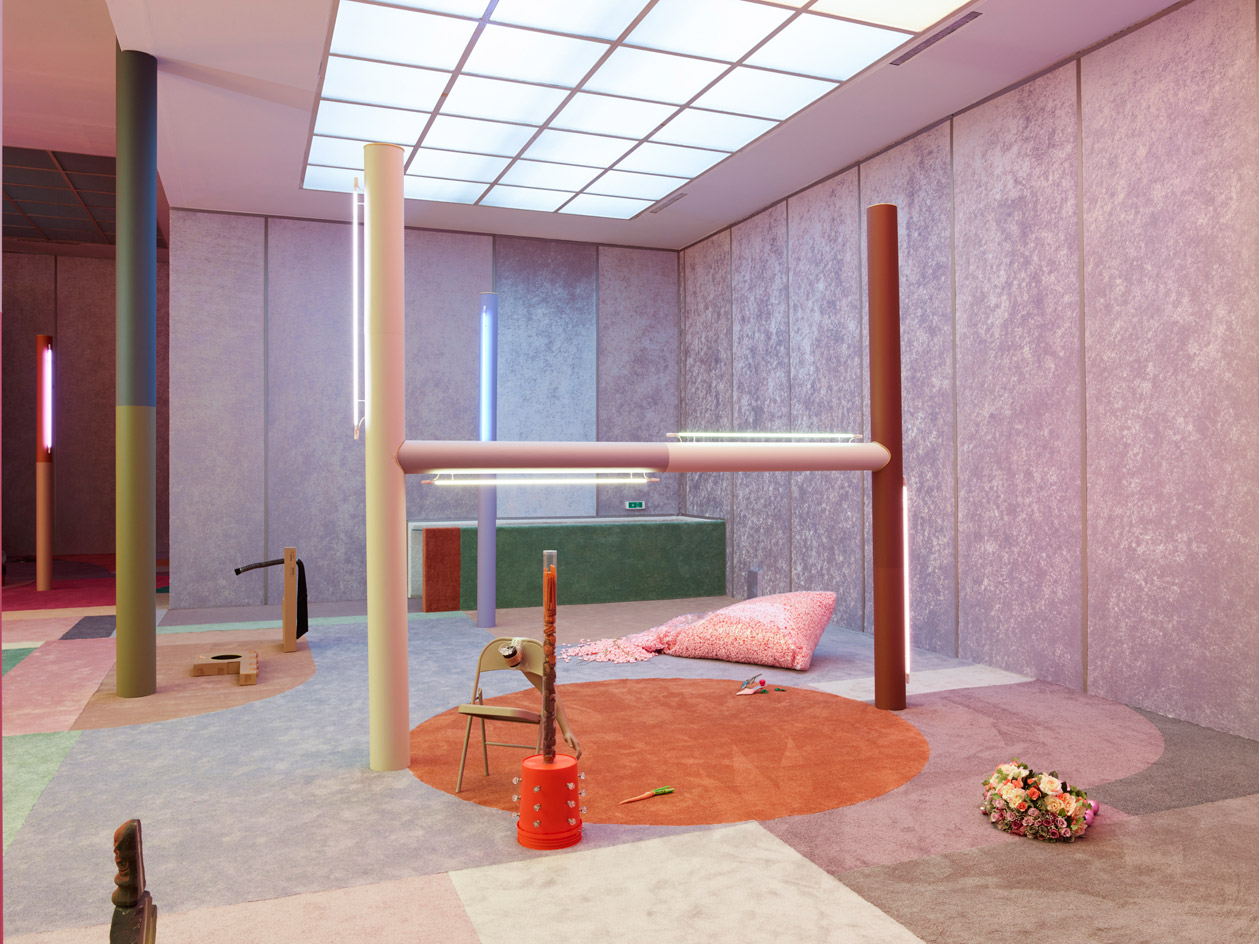
Installation view of ‘Slow Graffiti’ by Alex da Corte at Vienna Secession
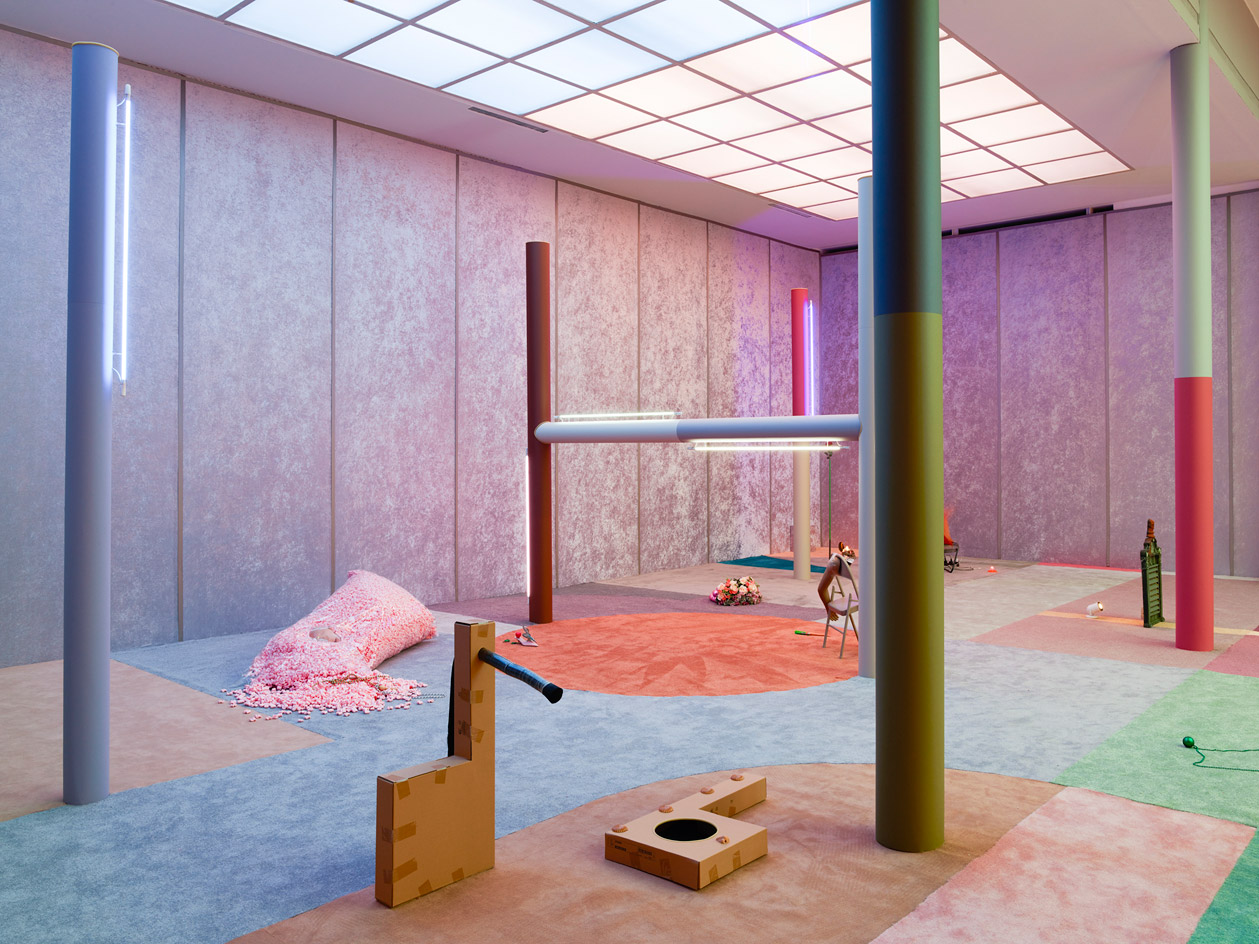
Installation view of ‘Slow Graffiti’ by Alex da Corte at Vienna Secession
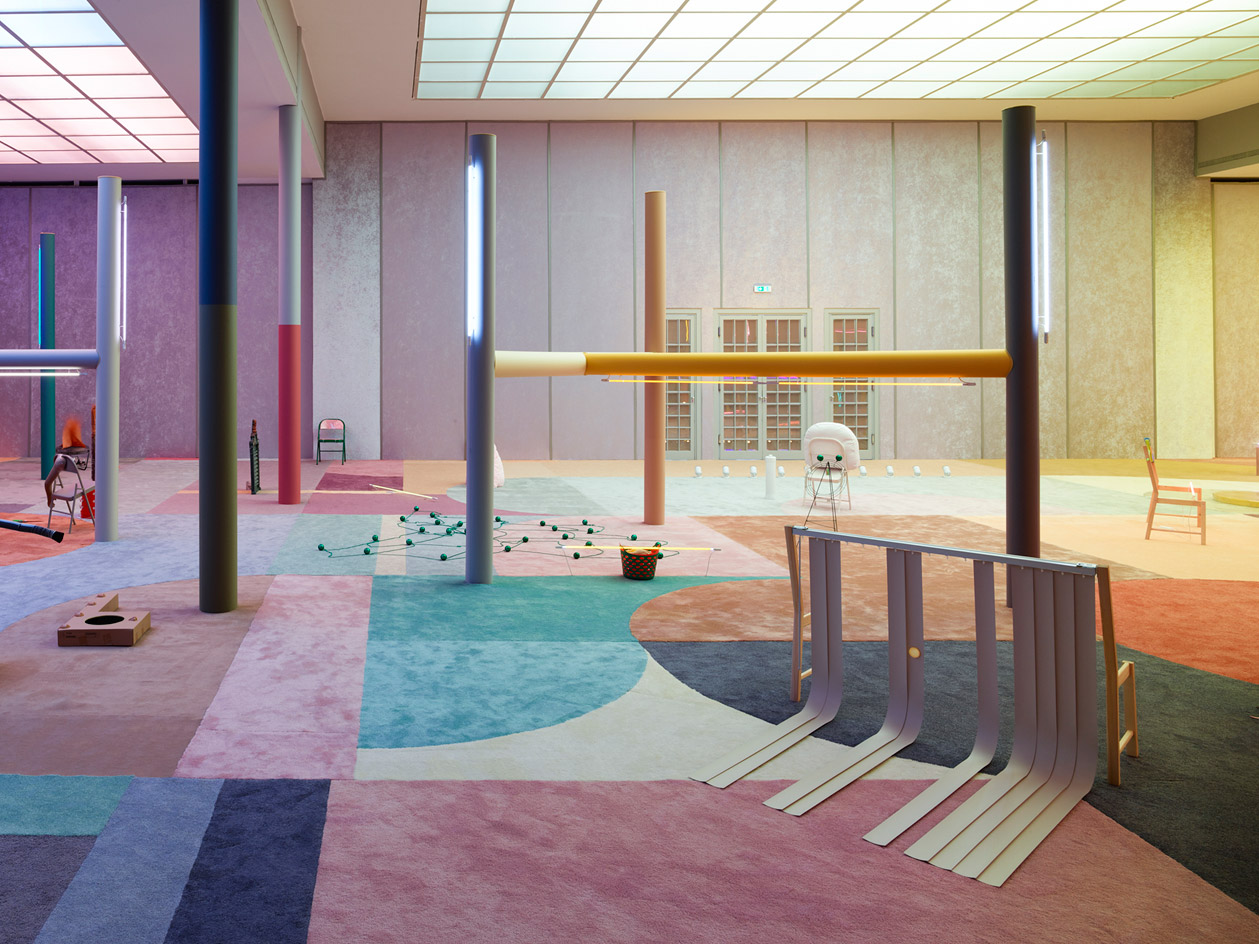
Installation view of ‘Slow Graffiti’ by Alex da Corte at Vienna Secession
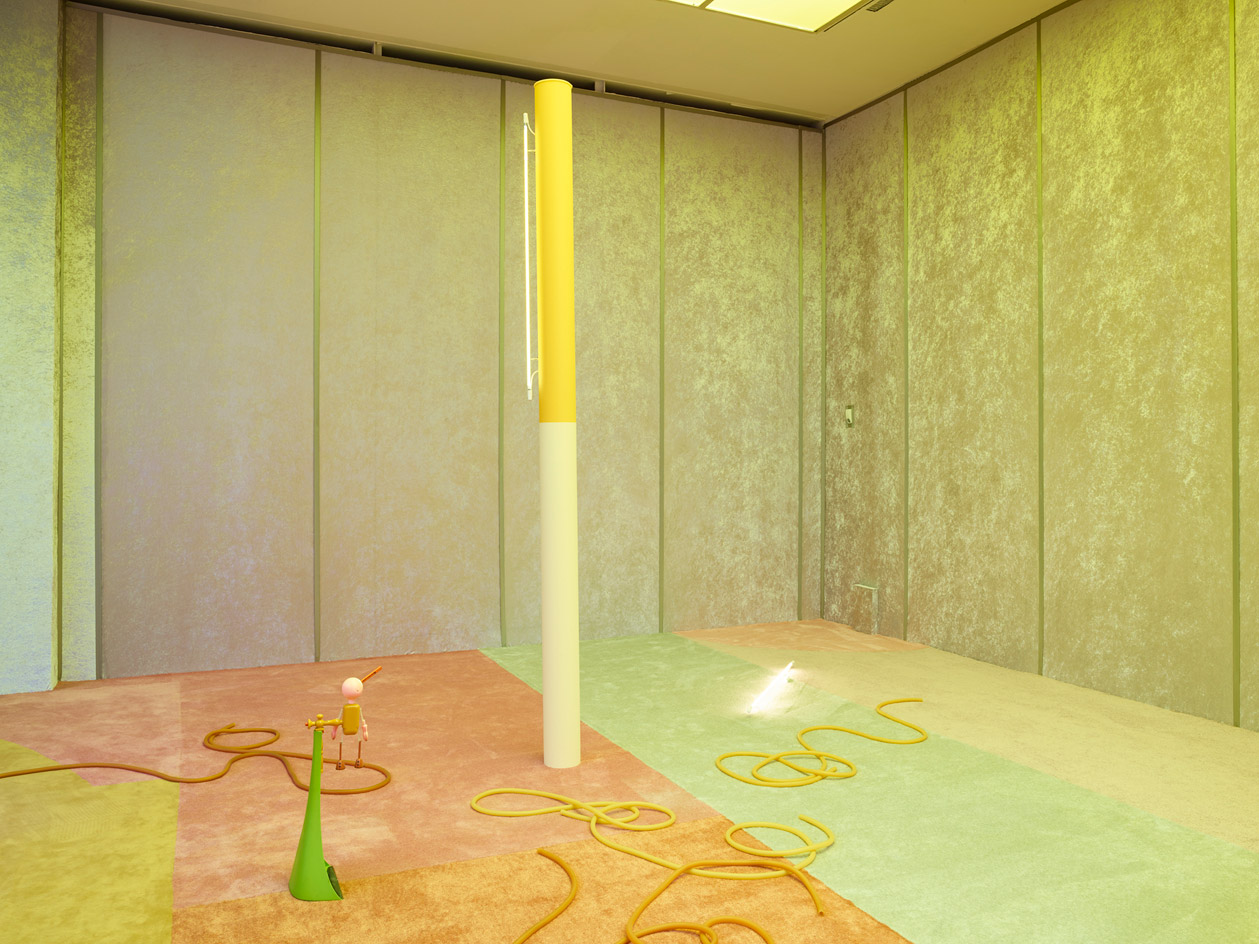
Installation view of ‘Slow Graffiti’ by Alex da Corte at Vienna Secession
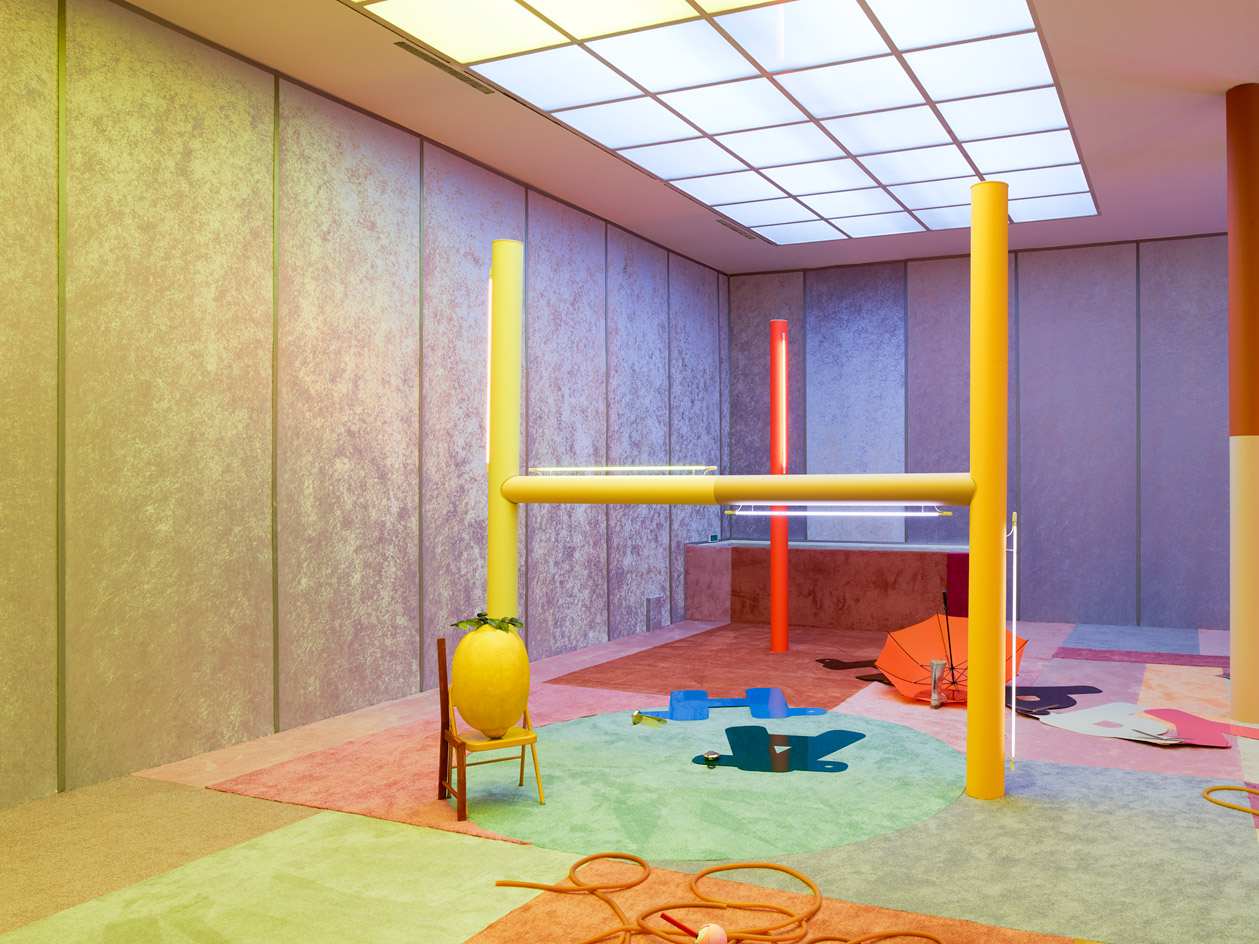
Installation view of ‘Slow Graffiti’ by Alex da Corte at Vienna Secession

Installation view of ‘Slow Graffiti’ by Alex da Corte at Vienna Secession

Installation view of ‘Slow Graffiti’ by Alex da Corte at Vienna Secession

Installation view of ‘Slow Graffiti’ by Alex da Corte at Vienna Secession
INFORMATION
‘Slow Graffiti’ is on view until 3 September. For more information, visit the Secession website
ADDRESS
Secession
Friedrichstrasse 12
Vienna 1010
Receive our daily digest of inspiration, escapism and design stories from around the world direct to your inbox.
Charlotte Jansen is a journalist and the author of two books on photography, Girl on Girl (2017) and Photography Now (2021). She is commissioning editor at Elephant magazine and has written on contemporary art and culture for The Guardian, the Financial Times, ELLE, the British Journal of Photography, Frieze and Artsy. Jansen is also presenter of Dior Talks podcast series, The Female Gaze.
-
 ‘I want to bring anxiety to the surface': Shannon Cartier Lucy on her unsettling works
‘I want to bring anxiety to the surface': Shannon Cartier Lucy on her unsettling worksIn an exhibition at Soft Opening, London, Shannon Cartier Lucy revisits childhood memories
-
 What one writer learnt in 2025 through exploring the ‘intimate, familiar’ wardrobes of ten friends
What one writer learnt in 2025 through exploring the ‘intimate, familiar’ wardrobes of ten friendsInspired by artist Sophie Calle, Colleen Kelsey’s ‘Wearing It Out’ sees the writer ask ten friends to tell the stories behind their most precious garments – from a wedding dress ordered on a whim to a pair of Prada Mary Janes
-
 Year in review: 2025’s top ten cars chosen by transport editor Jonathan Bell
Year in review: 2025’s top ten cars chosen by transport editor Jonathan BellWhat were our chosen conveyances in 2025? These ten cars impressed, either through their look and feel, style, sophistication or all-round practicality
-
 Remote Antarctica research base now houses a striking new art installation
Remote Antarctica research base now houses a striking new art installationIn Antarctica, Kyiv-based architecture studio Balbek Bureau has unveiled ‘Home. Memories’, a poignant art installation at the remote, penguin-inhabited Vernadsky Research Base
-
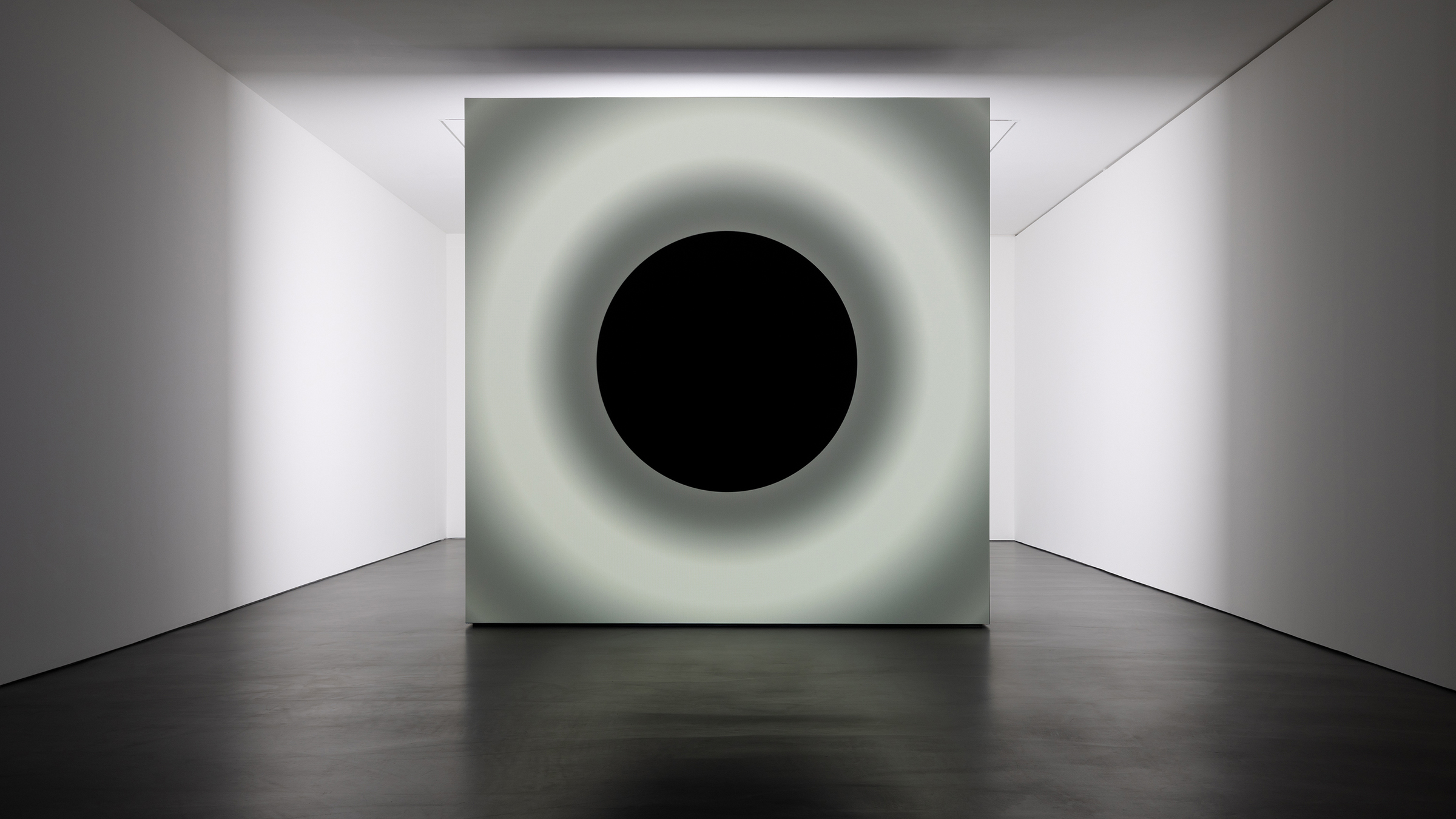 Ryoji Ikeda and Grönlund-Nisunen saturate Berlin gallery in sound, vision and visceral sensation
Ryoji Ikeda and Grönlund-Nisunen saturate Berlin gallery in sound, vision and visceral sensationAt Esther Schipper gallery Berlin, artists Ryoji Ikeda and Grönlund-Nisunen draw on the elemental forces of sound and light in a meditative and disorienting joint exhibition
-
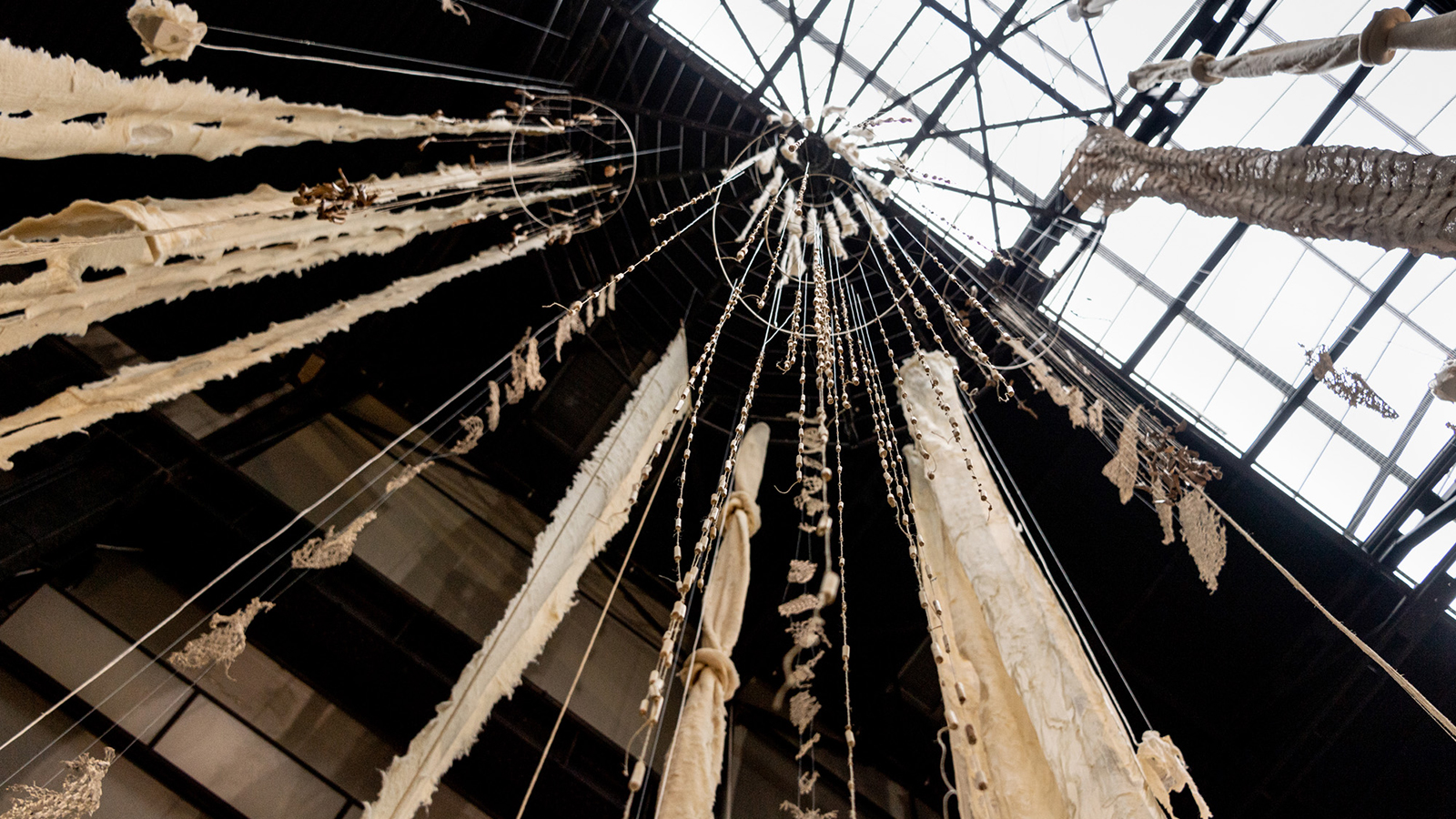 Cecilia Vicuña’s ‘Brain Forest Quipu’ wins Best Art Installation in the 2023 Wallpaper* Design Awards
Cecilia Vicuña’s ‘Brain Forest Quipu’ wins Best Art Installation in the 2023 Wallpaper* Design AwardsBrain Forest Quipu, Cecilia Vicuña's Hyundai Commission at Tate Modern, has been crowned 'Best Art Installation' in the 2023 Wallpaper* Design Awards
-
 Michael Heizer’s Nevada ‘City’: the land art masterpiece that took 50 years to conceive
Michael Heizer’s Nevada ‘City’: the land art masterpiece that took 50 years to conceiveMichael Heizer’s City in the Nevada Desert (1972-2022) has been awarded ‘Best eighth wonder’ in the 2023 Wallpaper* design awards. We explore how this staggering example of land art came to be
-
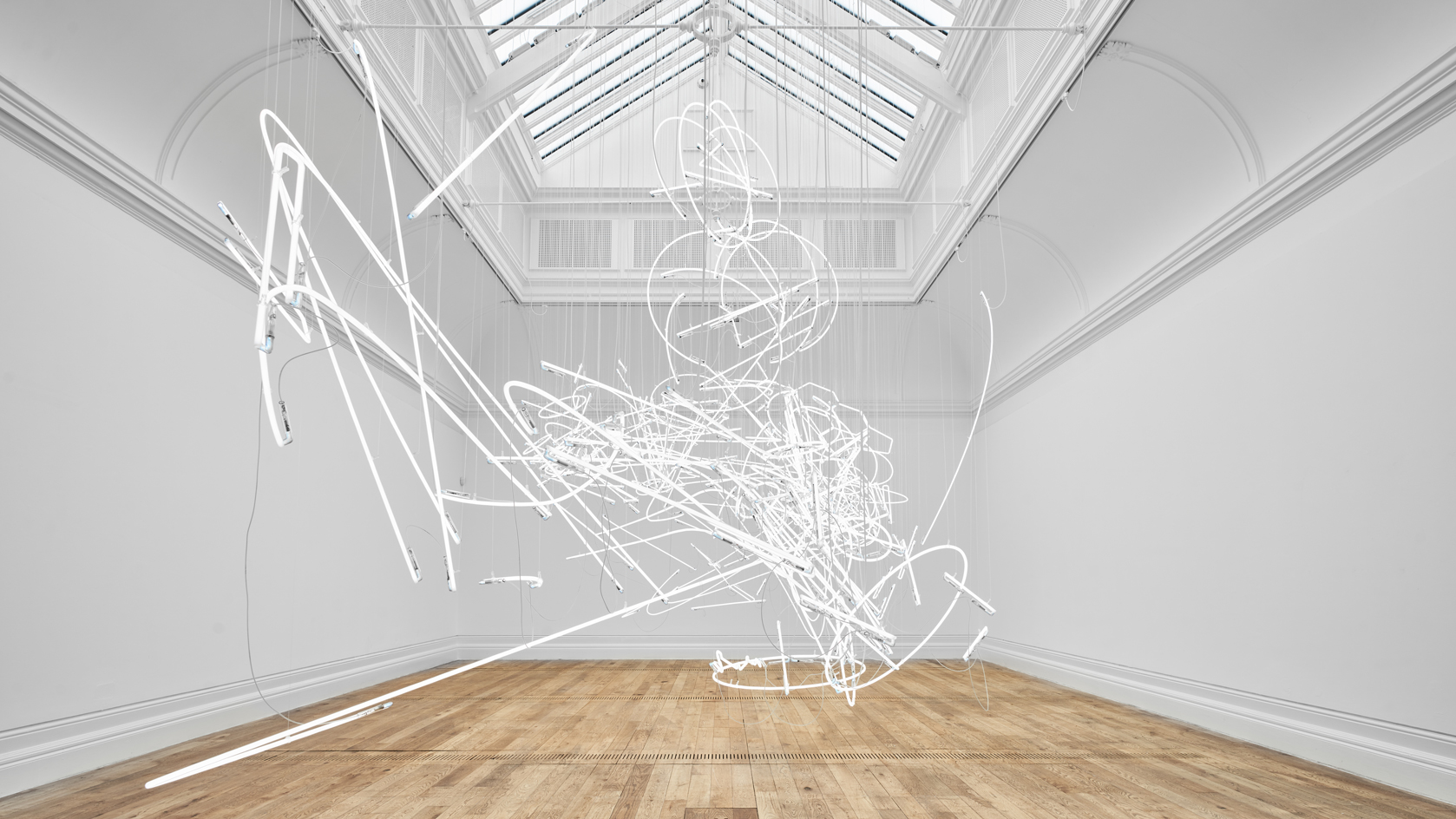 Cerith Wyn Evans: ‘I love nothing more than neon in direct sunlight. It’s heartbreakingly beautiful’
Cerith Wyn Evans: ‘I love nothing more than neon in direct sunlight. It’s heartbreakingly beautiful’Cerith Wyn Evans reflects on his largest show in the UK to date, at Mostyn, Wales – a multisensory, neon-charged fantasia of mind, body and language
-
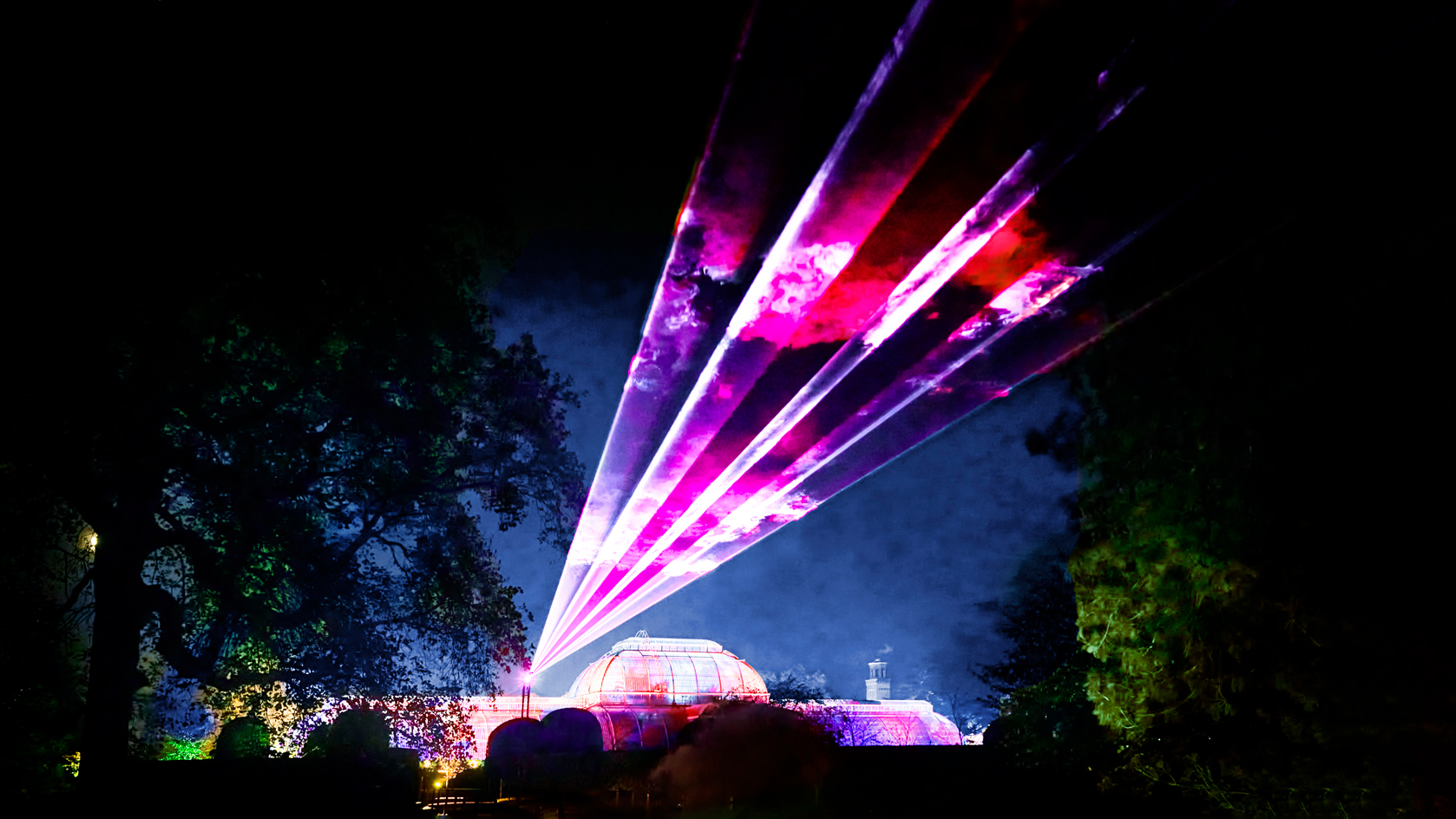 The best 7 Christmas installations in London for art lovers
The best 7 Christmas installations in London for art loversAs London decks its halls for the festive season, explore our pick of the best Christmas installations for the art-, design- and fashion-minded
-
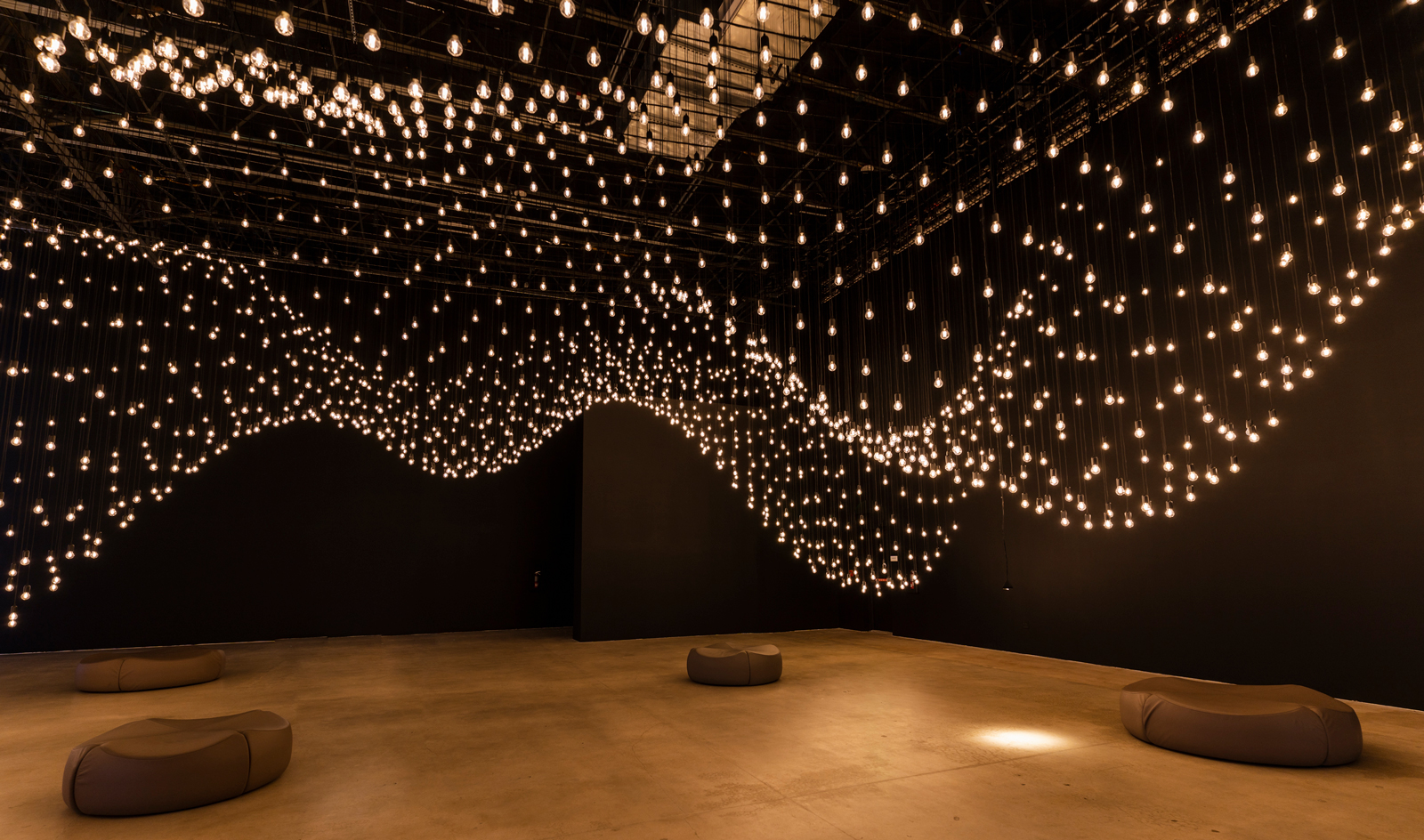 Rafael Lozano-Hemmer’s Pulse Topology in Miami is powered by heartbeats
Rafael Lozano-Hemmer’s Pulse Topology in Miami is powered by heartbeatsRafael Lozano-Hemmer brings heart and human connection to Miami Art Week 2022 with Pulse Topology, an interactive light installation at Superblue Miami in collaboration with BMW i
-
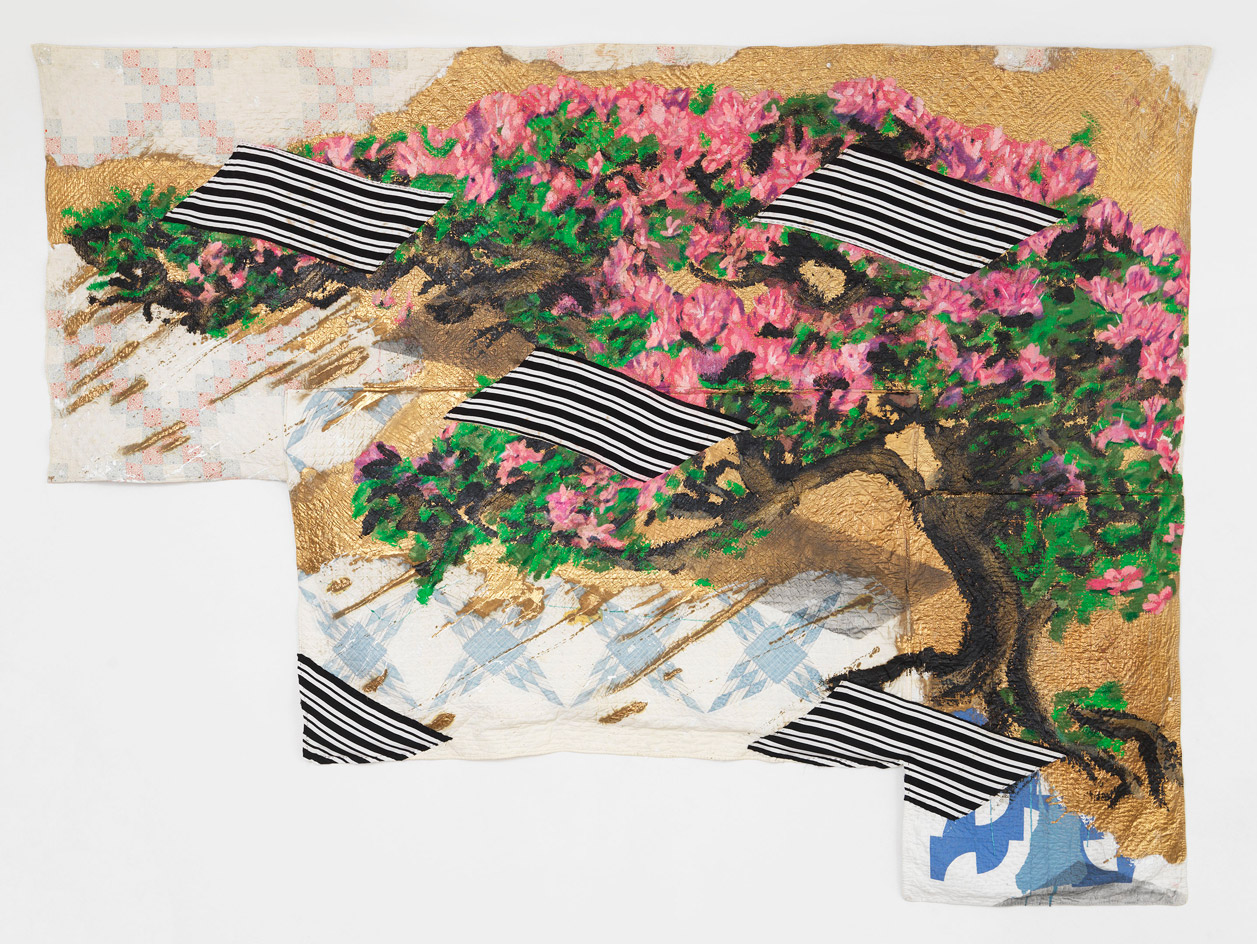 Textile artists: the pioneers of a new material world
Textile artists: the pioneers of a new material worldThese contemporary textile artists are weaving together the rich tapestry of fibre art in new ways